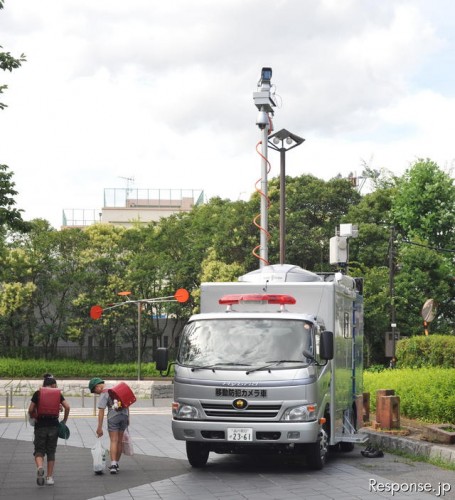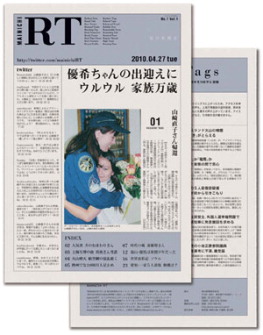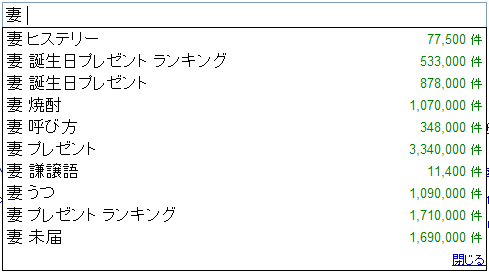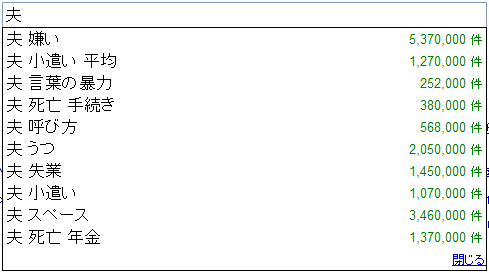
This is the scene outside my apartment these days. Apparently, the Tokyo police are using a new tactic in efforts to catch bicycle thieves and purse snatchers near Ayase station.
The van is equipped with high-powered cameras that can take hi-res images with a 100m range in all directions. I saw them conducting tests a few months ago. The report emphasizes that the cameras are not running while the vehicle is in motion, and that local residents were duly warned about the cameras.
The van really stands out, as you can see. It looks like the FBI is staking out a mob boss’s house. When I first saw them testing the thing a few months ago I thought they might be preparing to film a movie. Looks like I was only half right.
The police must have invited the media to report on this new initiative because there’s also this video report. It’s cool to see my neighborhood in the news, but knowing the cops think Ayase is a hotbed of crime, while not surprising, isn’t exactly comforting.
It’s worth noting that Adachi-ku (where Ayase is located) has launched a so-called “beautiful windows” campaign. In an attempt to reduce crime in Tokyo’s most dangerous area, the government is trying to mimic the success of NYC in the Giuliani years by encouraging citizen patrols, banning smoking on the street, and painting murals on shuttered storefronts. This may dovetail with those efforts somehow.





